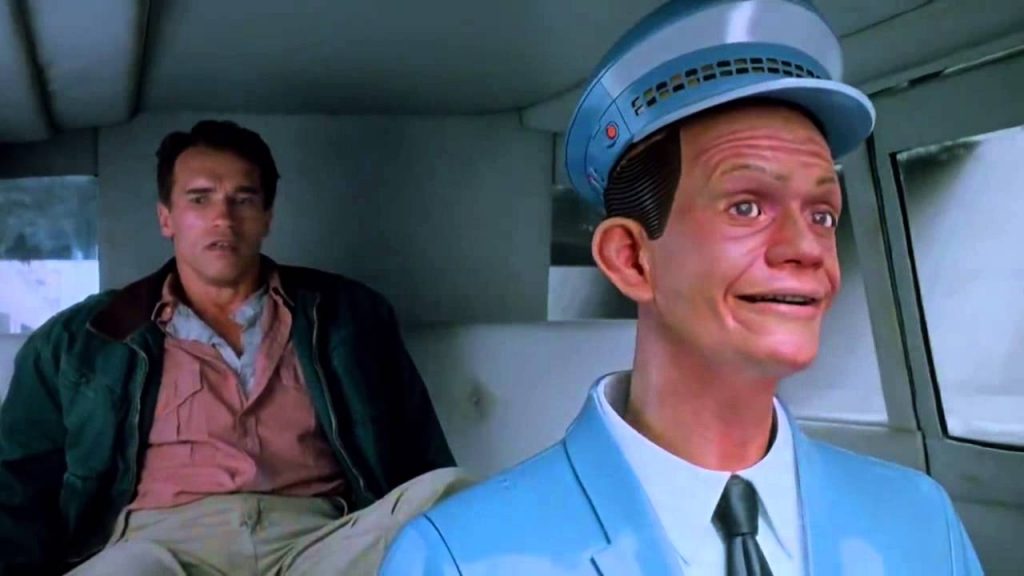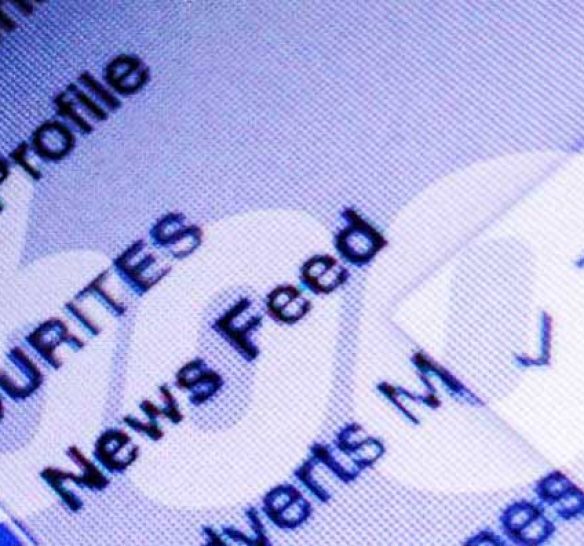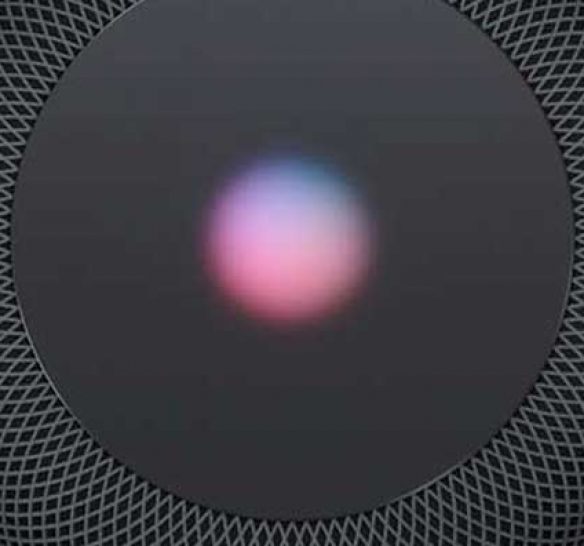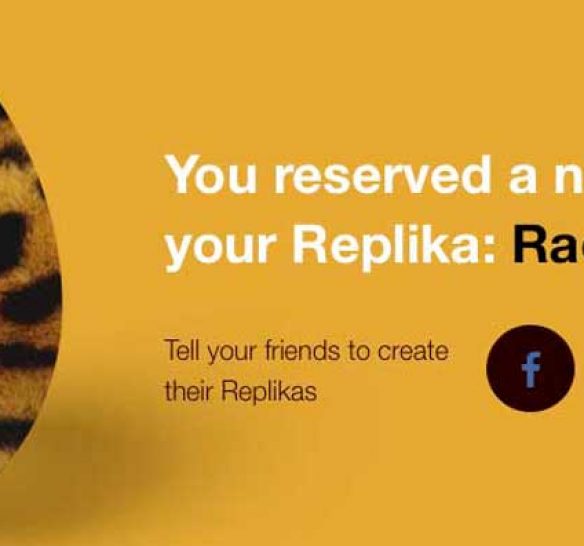How brands should use chatbots

Warc, the subscription news service for advertisers and their agencies, spoke to myself and three other agency executives about the chatbot phenomenon. The intention was to help agencies, brands and media owners understand the trend and how it might develop in the future. Here is my contribution, which was distributed to the WARC subscribers:
Marketeers are forever referring to ‘conversations’ and the chatbot is another tool in their arsenal. The technology provides a stepping stone to the levels of interactivity today’s consumers expect from brands. However, it’s well documented that brands aren’t always getting it right and that’s down to conversation planning.
‘Bots’, historically provide efficiencies. Simply put, they save money. By employing chatbots in areas like customer service you might be cutting a lot of human resource or covering many more conversations, but this is where the mistakes are made. These conversations are often complex. The chatbot fails and the user journey hits a dead end.
Instead, we should be looking for instances of interaction that aren’t yet ‘conversational’. Traditionally mundane elements like booking engines and FAQ’s were transformed when brands applied their tone of voice to the copy. A natural progression is to give this more life through conversation. The chatbot enhances the experience, rather than dumbing it down.

As you’d expect, we cite Slack and Kik integrations as homes to the better chatbot examples today, but this is just the start. We are currently dealing with an early iteration of Johnny Cab, Arnold Schwarzenegger’s chauffeur in Total Recall. When we require the equivalent of a Bladerunner to spot our chatbots, we might have cracked the conversation planning, though there’s more to this. The likes of Google and Facebook have been weaving intelligence into every aspect of their services for years. Is adding ‘artificial’ to the description much of a difference?
The real change will be conversation. Messaging that pulls in different services is what we think of now but the landscape will evolve to one that can be classed as ‘digitally natural’. With the provision of new APIs to create conversations (e.g. http://wit.ai), bots will have access to consolidated knowledge of natural language and personal behaviours and preferences. Systems like Siri or Cortana may be distributed more widely as we move further from the keyboard.
At Syzygy, we monitor chatbot developments for our clients. With luxury travel and automotive brands amongst our responsibilities, occasional chatbot ideas are thrown around. None has yet stuck, and isn’t likely to until we know we can weave it into a premium experience that is part of a branded conversation.



